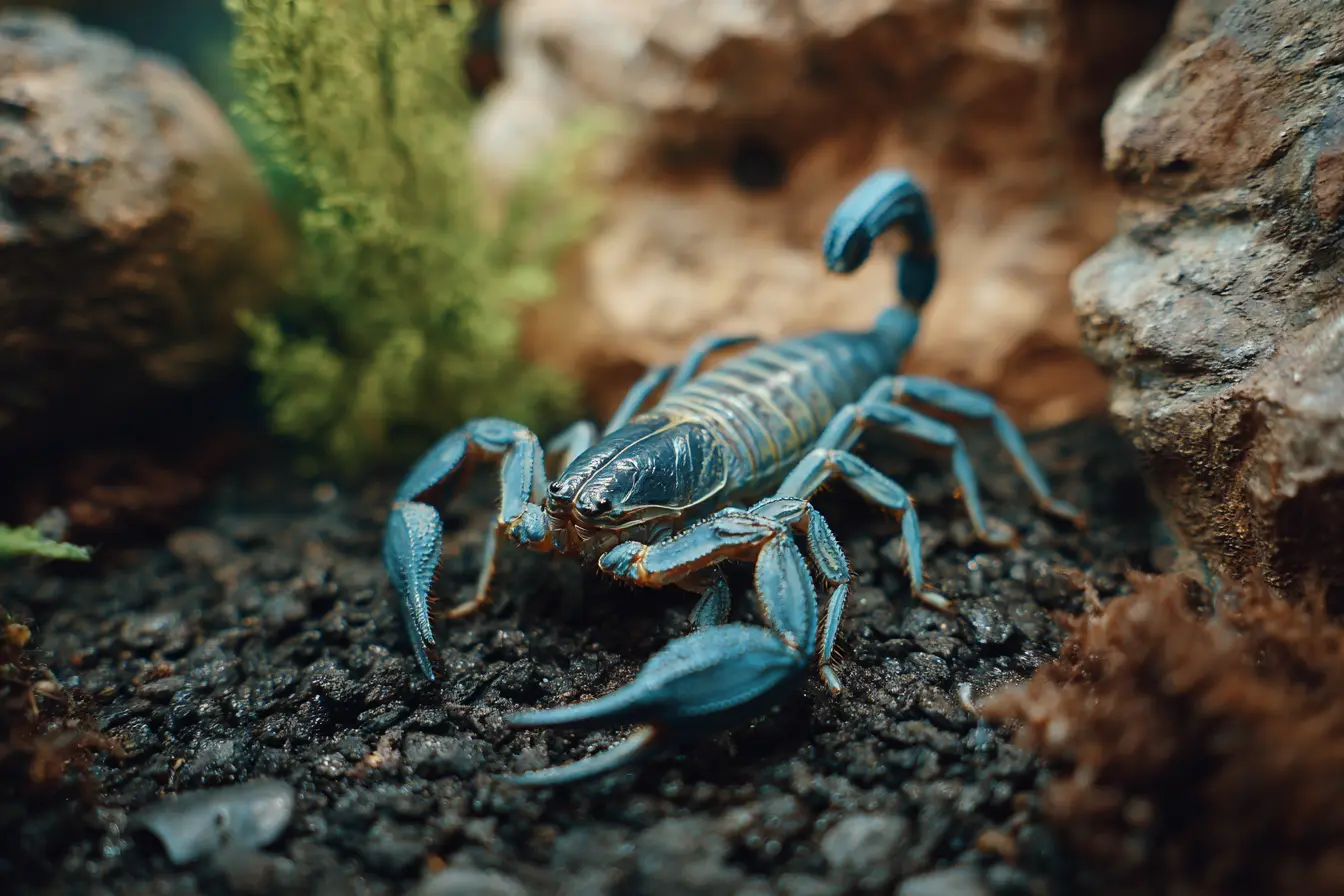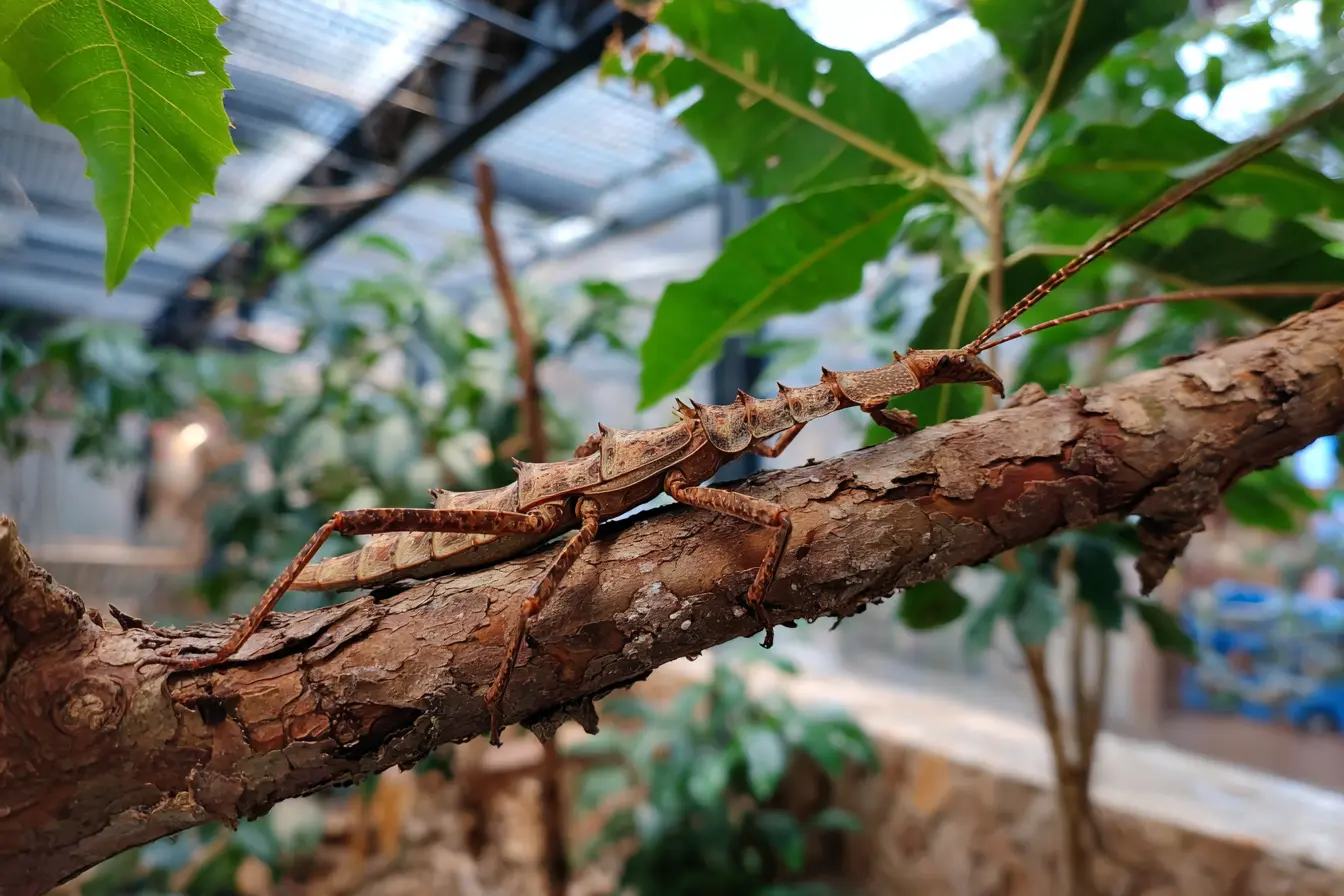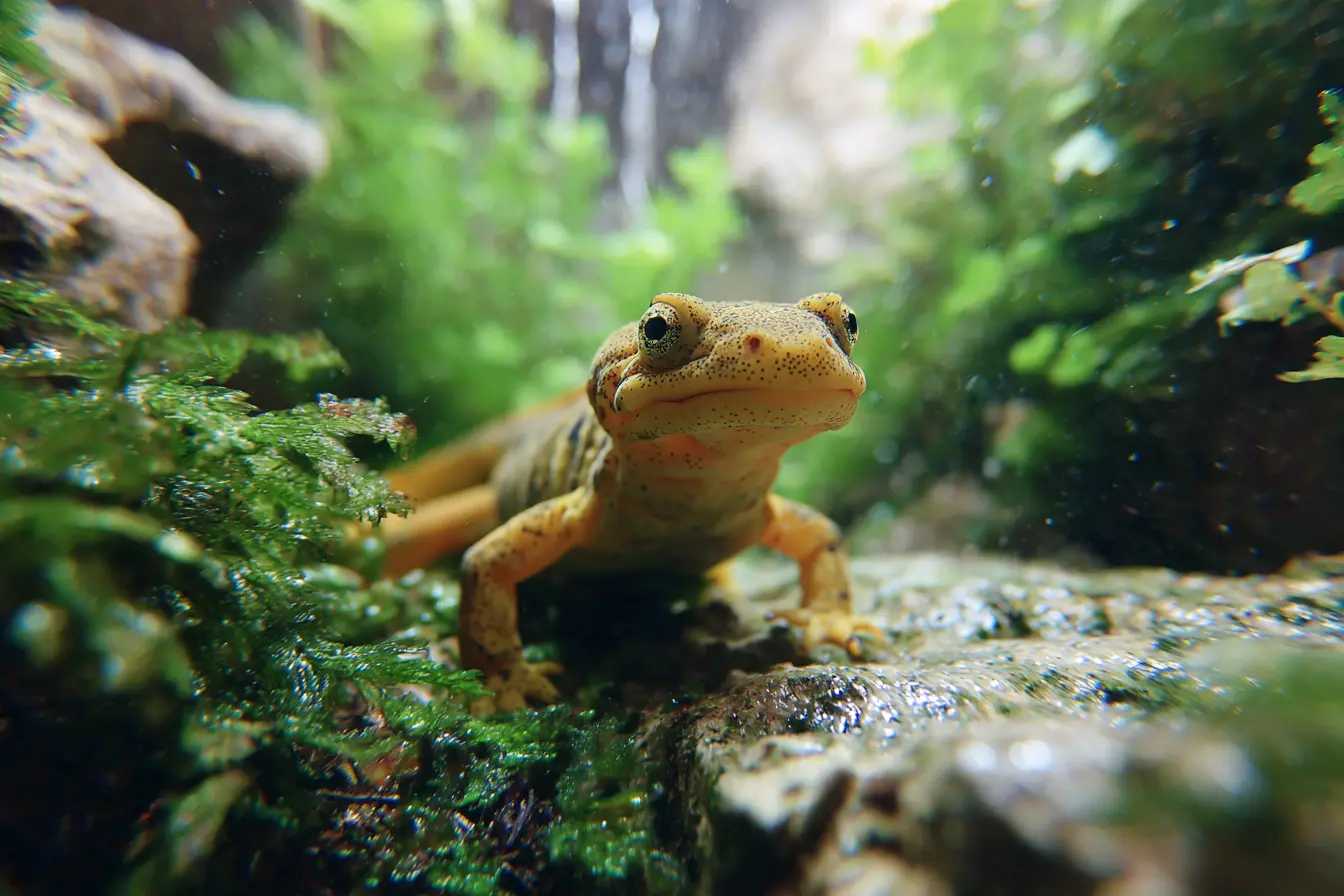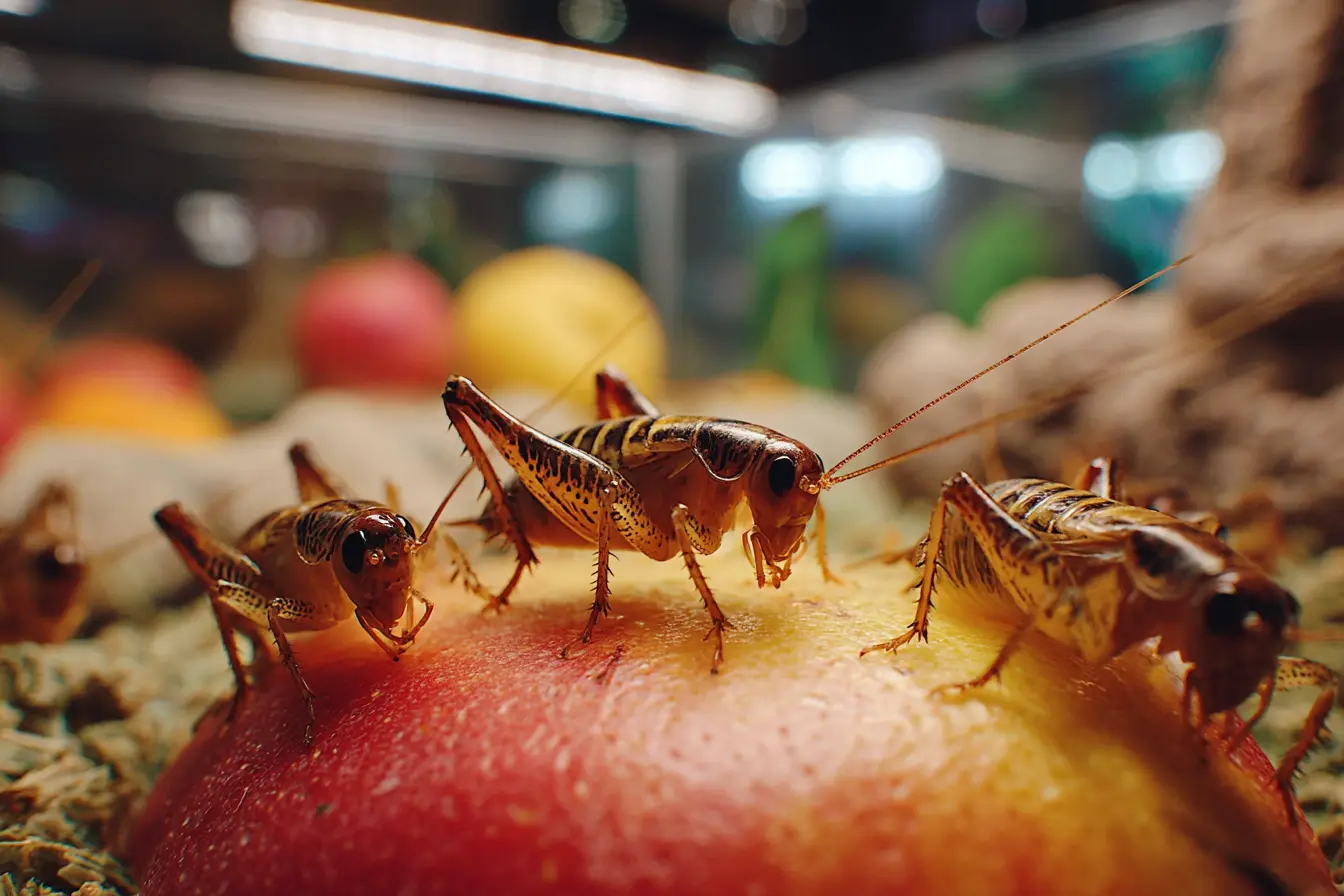
The Complete Guide to Keeping Blue Forest Scorpions
The Blue Forest Scorpion (Heterometrus cyaneus) is a stunning and robust species of scorpion, famous for its glossy, metallic blue-black exoskeleton. Native to the tropical forests of Southeast Asia, this species is well-loved by exotic pet keepers for its striking appearance, hardy nature, and relatively docile temperament.
This guide will take you through everything you need to know about caring for Blue Forest Scorpions, from housing and feeding to breeding and general maintenance.
Why Keep a Blue Forest Scorpion?
Blue Forest Scorpions are a popular choice for both beginners and experienced scorpion keepers due to several appealing qualities:
- They are hardy and forgiving of minor care mistakes.
- Their beautiful blue sheen makes them one of the most visually striking scorpions available.
- They tend to be more tolerant of handling (though handling is still not recommended).
- They thrive in simple, low-maintenance setups.
- Their impressive size and active behaviours make them fascinating to watch.
Quick Facts
- Scientific Name: Heterometrus cyaneus
- Origin: Southeast Asia (Indonesia, Malaysia, Thailand, Philippines)
- Size: 12–15 cm (4.7–6 inches)
- Lifespan: 7–9 years in captivity
- Temperament: Generally calm but can be defensive when provoked
- Venom: Mild, comparable to a bee sting in most cases
- Diet: Insectivorous, eating a variety of live feeder insects
Choosing and Acquiring a Blue Forest Scorpion
Blue Forest Scorpions are commonly available from exotic pet stores, breeders, and online sellers. When acquiring your scorpion:
- Choose a healthy individual with a shiny exoskeleton and active movements.
- Avoid scorpions that appear sluggish, thin, or have visible injuries.
- Captive-bred scorpions are preferable due to their better adaptation to captivity and reduced impact on wild populations.
Housing and Enclosure Setup
Providing a suitable and naturalistic enclosure is crucial to maintaining a healthy and stress-free Blue Forest Scorpion.
Enclosure Type
- A plastic or glass terrarium with a secure, ventilated lid works well.
- Good airflow is important, but the enclosure should retain enough humidity for this tropical species.
Enclosure Size
- A minimum enclosure size of 45 cm x 30 cm x 30 cm is recommended for one adult.
- Height is less important as they are terrestrial but provide enough space for burrowing and hiding.
Substrate
- Use a deep layer (10–15 cm) of coconut fibre, peat moss, or a soil mix to allow burrowing.
- Keep the substrate slightly moist but never waterlogged.
Hiding Areas
- Offer multiple hides using cork bark, hollow logs, or rock structures.
- Live or artificial plants can be added to enhance the enclosure and provide additional cover.
Temperature and Humidity
- Maintain daytime temperatures between 25°C and 28°C.
- Night-time temperatures can safely drop to 21°C–23°C.
- Humidity should be kept high, around 70%–80%.
- Light misting daily or every other day helps to maintain suitable moisture levels.
Lighting
- No special lighting is needed as they prefer darker environments.
- Standard ambient room lighting is sufficient.
- UV lighting is not necessary and can cause stress.
Feeding and Nutrition
Blue Forest Scorpions are carnivorous and require a diet of live insects.
Suitable Prey
- Crickets, roaches, mealworms, locusts, and the occasional waxworm.
- Prey should be no larger than the width of the scorpion’s body.
Feeding Frequency
- Juveniles should be fed every 3–4 days.
- Adults can be fed once a week.
Feeding Tips
- Always remove uneaten prey after 24 hours to prevent stress.
- Gut-load feeder insects to provide optimal nutrition.
- Occasional fasting is normal, particularly before moulting.
Water
- A shallow water dish should be present at all times.
- Refresh water regularly to prevent bacterial build-up.
Handling a Blue Forest Scorpion
Although more tolerant of disturbance than some species, Blue Forest Scorpions are best observed rather than handled.
- Handling can still cause stress and risk of injury to the scorpion.
- If necessary, use a soft brush or small container to gently guide the scorpion during enclosure maintenance.
Moulting and Growth
Blue Forest Scorpions grow through a series of moults, during which they shed their exoskeleton to allow for growth.
- Signs of an upcoming moult include reduced appetite and increased hiding.
- Do not disturb the scorpion during moulting, as it is a vulnerable period.
- Maintain slightly higher humidity to aid in successful moulting.
Breeding Blue Forest Scorpions
Breeding is possible in captivity for experienced keepers.
- Males tend to be more slender with longer pincer segments (chelae), while females are broader with shorter pincers.
- Courtship involves a “dance” where the male guides the female over a spermatophore.
- Gestation lasts 7–9 months, after which females give birth to live young.
- Young scorpions ride on their mother’s back until their first moult, after which they should be separated to prevent cannibalism.
Common Health Issues
Dehydration
- Can be prevented by maintaining appropriate humidity and providing fresh water.
Moulting Problems
- Often caused by low humidity or stress. Increasing humidity during pre-moult stages helps.
Injury
- Scorpions can injure themselves if handled roughly or if their enclosure lacks safe hiding spots.
Parasites
- Wild-caught specimens may carry mites or internal parasites. Always quarantine and source from reputable breeders.
Ethical Considerations
- Always prioritise captive-bred individuals to reduce pressure on wild populations.
- Keep scorpions in conditions that allow them to display natural behaviours.
- Avoid overhandling and ensure proper habitat enrichment.
Legal Considerations in the UK
- Blue Forest Scorpions are legal to keep in the UK without a licence.
- Always buy from reputable sellers and comply with local animal welfare regulations.
Final Thoughts
The Blue Forest Scorpion is a hardy, impressive, and beautiful invertebrate that is well-suited to beginner and experienced keepers alike. With its striking metallic blue appearance, calm nature, and straightforward care requirements, it offers a fascinating glimpse into the world of tropical scorpions. By providing a proper environment and responsible care, you can enjoy this captivating species for many years.
Contents
- Why Keep a Blue Forest Scorpion?
- Quick Facts
- Choosing and Acquiring a Blue Forest Scorpion
- Housing and Enclosure Setup
- Feeding and Nutrition
- Handling a Blue Forest Scorpion
- Moulting and Growth
- Breeding Blue Forest Scorpions
- Common Health Issues
- Ethical Considerations
- Legal Considerations in the UK
- Final Thoughts
Tags
Vets near you
Speciality vets
- Aquatics vet specialists
- Birds vet specialists
- Camelids vet specialists
- Cats vet specialists
- Cattle vet specialists
- Deer vet specialists
- Dogs vet specialists
- Equines vet specialists
- Exotic vet specialists
- Goats vet specialists
- Pigs vet specialists
- Poultry vet specialists
- Sheep vet specialists
- Small Mammals vet specialists
- Wild vet specialists



